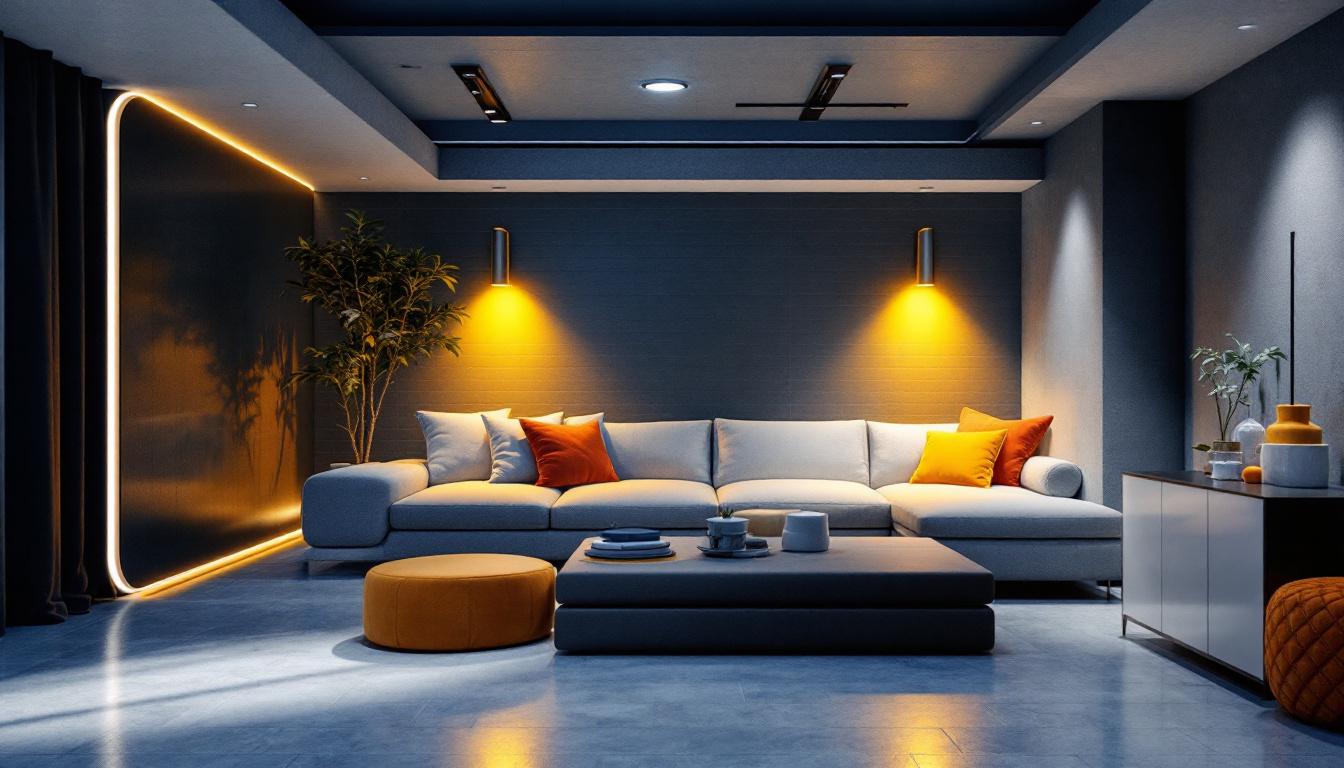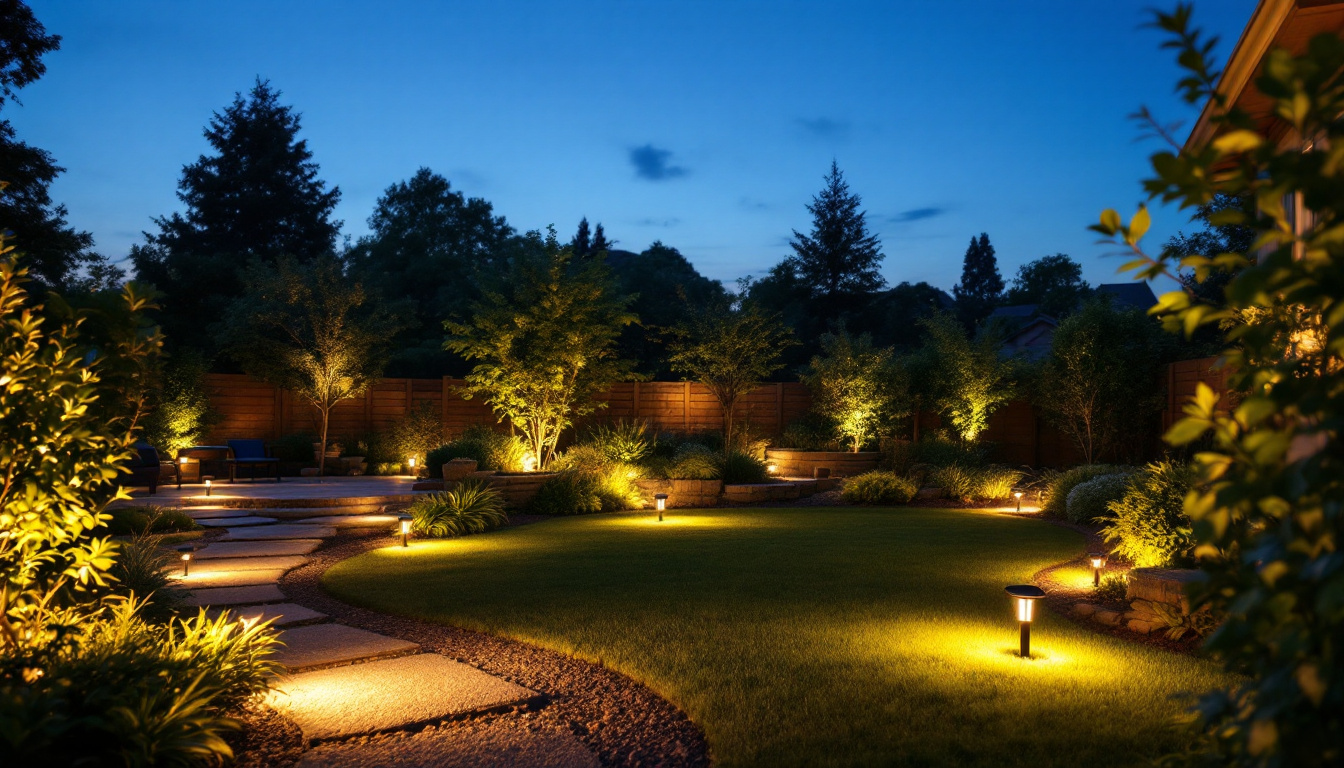
can lighting, also known as recessed lighting, is a popular choice in modern interiors for its sleek and unobtrusive design. These fixtures are installed into the ceiling, providing a clean look while effectively illuminating spaces. Choosing the right can lights is crucial for achieving the desired ambiance and functionality in a room. As a lighting contractor, understanding the nuances of can lighting replacement is essential for guiding clients toward the best options available.
There are several types of can lights available, each designed for specific applications. The most common types include adjustable, fixed, and wall wash fixtures. Adjustable can lights allow for directional lighting, making them ideal for highlighting artwork or architectural features. Fixed can lights provide a consistent beam of light, suitable for general illumination. Wall wash fixtures are designed to spread light evenly across walls, enhancing the visual appeal of a space.
Additionally, contractors should consider the size and shape of the can light. Standard sizes include 4-inch, 5-inch, and 6-inch diameters, with each size offering different lumen outputs and beam angles. Understanding the specific needs of a project will help in selecting the appropriate type and size of can light. For instance, in smaller rooms or areas with lower ceilings, 4-inch can lights may be more suitable, while larger spaces can benefit from the more powerful illumination of 6-inch fixtures. Furthermore, the placement of can lights can significantly impact the overall lighting effect; spacing them evenly can prevent shadows and create a balanced atmosphere.
With the growing emphasis on energy efficiency, LED can lights have become increasingly popular. They consume significantly less energy than traditional incandescent or halogen bulbs, offering longer lifespans and lower operating costs. When advising clients, it’s important to highlight the benefits of LED technology, including dimmability options and color temperature variations. For example, warm white LEDs can create a cozy atmosphere in living areas, while cooler tones are often preferred in kitchens or workspaces for a more vibrant feel.
Moreover, smart lighting technology is making its way into can lighting solutions. Contractors should stay informed about the latest advancements in smart lighting systems, which allow for remote control, scheduling, and integration with home automation systems. This not only enhances convenience for homeowners but also adds a modern touch to lighting designs. Additionally, smart can lights often come with features like voice control compatibility and customizable scenes, enabling users to adjust their lighting environment effortlessly. As consumers become more tech-savvy, offering these innovative solutions can set a contractor apart in a competitive market, ensuring that clients receive both aesthetic and functional benefits from their lighting choices.
Before recommending specific can lighting options, it’s vital to assess the client’s needs and preferences. This involves understanding the purpose of the space, the desired ambiance, and any specific requirements they may have. Conducting a thorough consultation can help in tailoring the lighting solutions to meet these needs effectively.
Different spaces require different lighting solutions. For instance, a kitchen may benefit from bright, focused lighting for cooking tasks, while a living room may require softer, ambient lighting for relaxation. Understanding the primary function of each room will guide the selection of can lights that provide the right balance of illumination.
Additionally, consider the layout and architecture of the space. Open-concept areas may require more versatile lighting options, while smaller rooms can often be illuminated with fewer fixtures. By assessing these factors, contractors can make informed decisions that enhance both functionality and aesthetics.
Every client has unique tastes and preferences when it comes to interior design. Some may prefer a minimalist approach, while others may lean towards more decorative options. Discussing these preferences during the consultation can help in selecting can lights that complement the overall design scheme.
It is also beneficial to present clients with various design options, including different finishes, trim styles, and color temperatures. This allows clients to visualize how the can lights will fit into their space, leading to more informed decisions and increased satisfaction with the final result.
Once the client’s needs and preferences have been assessed, the next step is selecting the right can light fixtures. This process involves considering various factors, including the fixture’s specifications, compatibility with existing systems, and overall quality.
When choosing can lights, it’s essential to review the specifications of each fixture. Key factors to consider include wattage, lumen output, and beam angle. The wattage will determine the energy consumption, while lumen output indicates the brightness of the fixture. A higher lumen output is generally required for spaces that need more illumination.
Beam angle is another critical specification. A narrow beam angle is suitable for focused lighting, while a wider beam angle is ideal for general illumination. Matching the beam angle to the intended use of the space will ensure optimal lighting performance.
In many cases, can lighting replacement involves working with existing electrical systems. It’s important to ensure that the new fixtures are compatible with the current wiring and dimmer switches. This may involve checking the voltage requirements and making necessary adjustments to the electrical system.
Additionally, if the project involves smart lighting, contractors should verify that the new fixtures can integrate with existing smart home systems. This will help avoid any compatibility issues that could arise during installation.
Proper installation is crucial for ensuring that can lights function effectively and safely. As a lighting contractor, understanding the installation process and potential challenges can help streamline the project and enhance client satisfaction.
Before installation begins, it’s important to plan the layout of the can lights carefully. This involves determining the optimal spacing between fixtures to achieve even illumination throughout the space. A general rule of thumb is to space fixtures approximately 4 to 6 feet apart, but this can vary based on the height of the ceiling and the desired lighting effect.
Additionally, considering the placement of furniture and other elements in the room can help avoid shadows and ensure that the light is directed where it is needed most. Using a lighting design software or app can assist in visualizing the layout and making necessary adjustments before installation.
During the installation process, contractors may encounter various challenges, such as navigating existing ductwork or plumbing. Being prepared for these challenges and having a plan in place can help minimize delays and complications.
Moreover, ensuring that all safety protocols are followed during installation is paramount. This includes turning off power to the circuit, using appropriate tools, and adhering to local electrical codes. Taking these precautions will help prevent accidents and ensure a successful installation.
After the can lights have been installed, there are several important steps to take to ensure client satisfaction and the longevity of the fixtures. These include providing maintenance tips, addressing any concerns, and offering warranty information.
Educating clients about the maintenance and care of their new can lights is essential for prolonging their lifespan and maintaining optimal performance. This may include guidance on cleaning the fixtures, replacing bulbs, and troubleshooting common issues.
For LED fixtures, it’s important to inform clients that while they require less frequent bulb changes, they may still need to be replaced after several years of use. Providing clients with a maintenance schedule can help them keep track of when to perform these tasks.
After installation, clients may have questions or concerns about their new can lights. Being available to address these inquiries promptly can enhance the client experience and build trust. Whether it’s a question about dimming capabilities or concerns about flickering lights, offering support will demonstrate professionalism and commitment to customer satisfaction.
The lighting industry is constantly evolving, with new trends and technologies emerging regularly. As a lighting contractor, staying informed about these changes is essential for providing clients with the best possible solutions.
Current trends in lighting design emphasize versatility and personalization. Clients are increasingly looking for lighting solutions that can adapt to their changing needs and preferences. This includes the use of tunable white lighting, which allows users to adjust the color temperature based on the time of day or activity.
Additionally, sustainable lighting solutions are gaining popularity. Many clients are now prioritizing energy-efficient options that reduce their carbon footprint. By staying updated on these trends, contractors can offer solutions that align with client values and preferences.
Advancements in lighting technology continue to shape the industry. From smart home integration to improved LED performance, being aware of these innovations can enhance the services provided. Contractors should explore new products and technologies to ensure they are offering the most up-to-date solutions to their clients.
Choosing the right can lighting for replacement projects involves a comprehensive understanding of the various types, assessing client needs, selecting appropriate fixtures, and ensuring proper installation. By following a structured approach, lighting contractors can enhance their service offerings and provide clients with exceptional lighting solutions.
Staying informed about trends and innovations in the lighting industry will further empower contractors to make informed recommendations. Ultimately, the goal is to create spaces that are not only well-lit but also reflect the unique style and preferences of each client.
Ready to elevate your lighting projects with the finest selection of can lighting? At LumenWholesale, we provide lighting contractors with spec-grade lighting products that blend quality, affordability, and convenience. Say goodbye to inflated markups and hello to our unbeatable wholesale prices, all while enjoying the benefits of free shipping on bulk orders. Don’t compromise on performance—choose LumenWholesale for reliable lighting solutions that meet the highest industry standards. Take the next step in offering your clients exceptional lighting by visiting Wholesale Lighting at the Best Value today.

Discover the transformative impact of high bay LED light fixtures on your contracting business.

Discover how enhancing basement lighting can boost efficiency for lighting contractors.

Discover what clients expect lighting contractors to know about Pigazzi, including key insights, industry standards, and tips to elevate your service—boost your expertise today!.

Explore how the rise of solar lights for backyards is transforming the landscape for lighting contractors.